The Lotus Sports Car
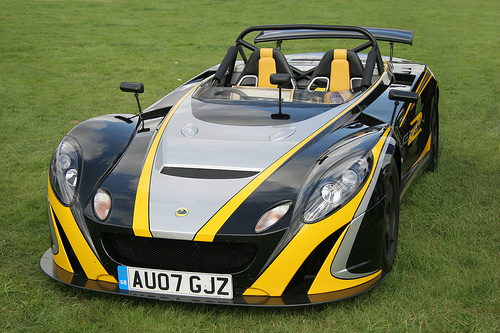
Lotus Two Eleven
from Classic to Modern
Lotus On The Track
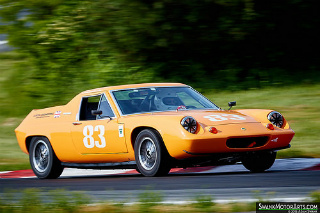
1972 Lotus Europa This 1968-72 Series 2 used an 87 bhp, 1.6 litre, S4 had a 120 mph top and 0-60 in 9.9 secs. Seen here driven by Tom Upshur during a Group 3 Race in the 2015 Jefferson 500. Great shot
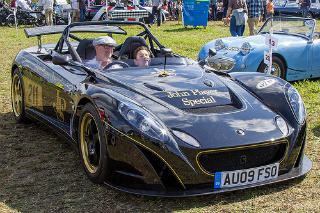
2009 Lotus 2-Eleven John Player Special This 2007-11 track day racer, based on the Lotus Exige S, used a 252 bhp, Toyota supercharged 1.8 litre engine with 150 mph top and 0-60 in 3.8 secs. Seen here during the 2015 Shere Hill Climb in Surrey. Unusual styling
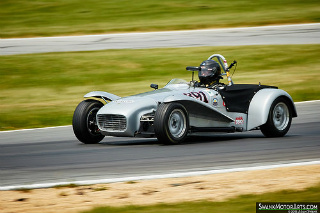
1961 Lotus 7 This Series 2 used a 1340 cc 16 valve engine with a top of 95 mph and 0-60 in 10.7 secs. This great shot shows driver Herb Wetanson during a Group 4 Sprint at the 2015 Jefferson 500
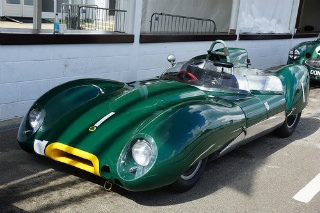
1959 Lotus-Climax 15 This Series 3 front-engined racer used a 220 bhp Coventry Climax 2.5 litre, 4-cylinder bored out Lotus 11 unit which turned out to have reliability problems that prevented it from achieving any major endurance titles. Still, it was a delight to look at
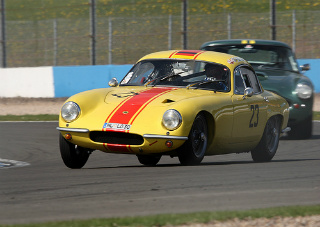
1960 Lotus Elite Really going for that bend in a Pre 1963 GT race at the 2013 Donington Historic Festival
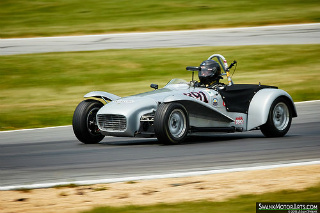
1961 Lotus 7 This racer was driven by Herb Wetanson during a Sprint Race for Group 4 in the 2015 Jefferson 500
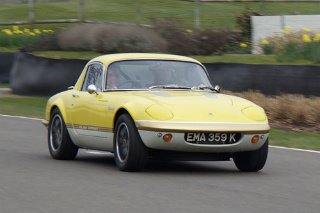
Lotus Elan Sprint This 1972 racer really cut a dash at a Saywell track day in March 2015
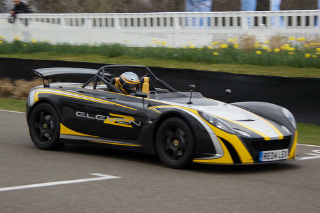
Lotus 2-Eleven This rarely seen 2007-11 racer was pictured at a Saywell track day in March 2015
The Early Lotus
The Lotus sports car. In 1952, Colin Chapman founded the Lotus Engineering Company whose aim was to produce racing and sports cars.
His first car was simply called the Mark 6 and was marketed in kit form.
The Lotus Mark 1 to 6 covers the period between 1948, when Colin Chapman designed and built his first car, the Mark 1, to 1952, and the introduction of the Mark 6, his first car to be manufactured and sold.
Mark 6 Technical Data
Production: 1952-1957
Output: 100
Engine: 1172 cc
Four Cylinder, 50 bhp
Speed: 93 mph
Time to 60: 15.0 secs
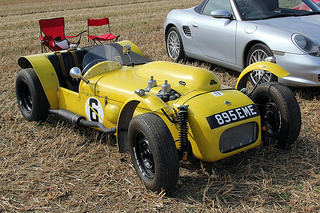
1954 Lotus Mk 6 This 1952-57 early racer employed a 50 bhp, Ford 1172 cc, straight-4, side valve unit which gave a top of 93 mph with 0-60 in 15.0 secs. This kit car was popular in rally and hill climbs
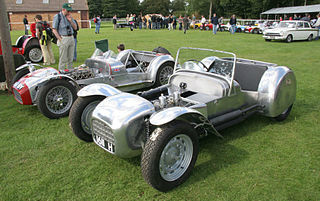
Lotus Mark 6
Full Screen
The Lotus Mark 8
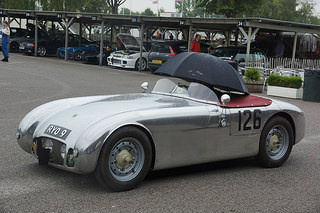
The Lotus Mark 10
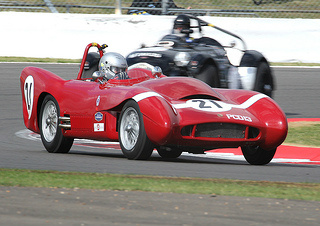
The Lotus Seven
The Lotus Seven Series 1
Based on the Mark 6, the Series 1 Lotus Seven sports car was introduced in 1957.
Produced mainly in kit form, it enabled enthusiasts to own a combination racing and sports car inexpensively. It was a lightweight, quick and responsive two seater machine.
Series 1 Technical Data
Production: 1957-1960
Engine: 1172 cc
Four Cylinder, 40 bhp
Speed: 80 mph
Time to 60: 16.2 secs
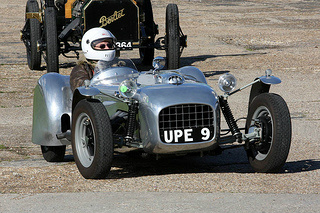
Lotus Seven Series 1
The Lotus Seven Series 2
This was followed, in 1961, by the Series 2 Lotus Seven which was now fitted with a 1.3 litre engine.
Series 2 Technical Data
Production: 1961-1967
Engine: 1340 cc
Four Cylinder, 75 bhp
Speed: 104 mph
Time to 60: 8.3 secs
1963 Series 2 Lotus 7 Seen at a local Classic Car Show, a smart example in British Racing Green
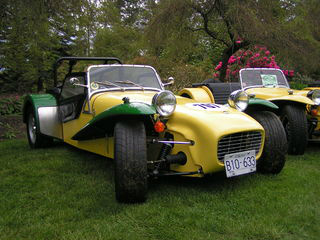
Lotus Seven Series 2 x 2
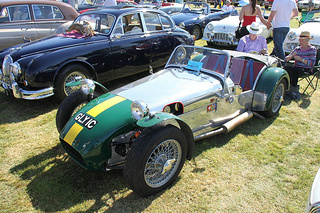
The Lotus Seven Series 3
In 1968, the Series 3 Lotus Seven was introduced using a larger 1.6 litre engine.
Series 3 Technical Data
Production: 1968-1969
Engine: 1599 cc
Four Cylinder, 91 bhp
Speed: 101 mph
Time to 60: 8.3 secs
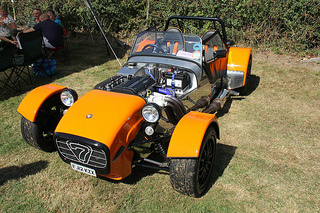
Lotus Seven Series 3
Full Screen
The Lotus Seven Series 4
Finally, the Series 4 Lotus Seven sports car appeared in 1970 fitted with either a 1.6 or 1.7 litre engine.
Series 4 Technical Data
Production: 1970-1972
Engine: 1598 cc
Four Cylinder, 84 bhp
Speed: 100 mph
Time to 60: 8.8 secs
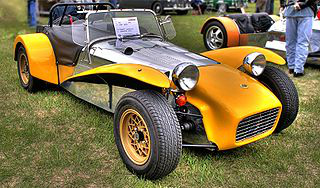
Lotus Seven Series 4
Full Screen
The Early Caterham Seven
Following changes in UK taxation policy, in August 1973, Colin Chapman agreed to sell the rights to the Lotus Seven in the UK to Caterham Cars, who then continued production of the Lotus Seven Series 4.
The Early Caterham Seven sports car covers the period between 1973 and the early 1980's, when the Caterham Seven Series 3 was in production.
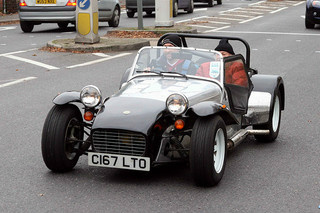
Early Caterham Seven
Full Screen
The Later Caterham Seven
The Later Caterham Seven sports car covers the period between 1983, with the introduction of the Cosworth BDR engines, and the creation of the Caterham Superlight range of Sevens in 1996.
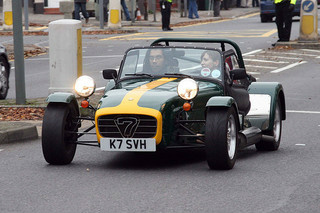
Later Caterham Seven
Full Screen
The Recent Caterham Seven
The Recent Caterham Seven covers the period between the replacement of the Cosworth BDR engines in 1997 and the creation of the R500 Evolution in 2004.
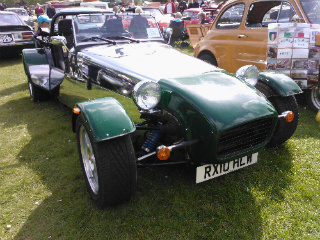
2010 Caterham 7 A nice example that was well worth the shot
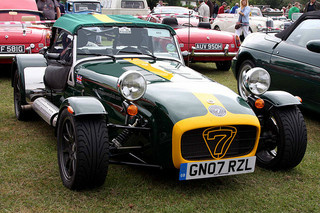
Recent Caterham Seven
Full Screen
The Lotus Eleven GT
A racer built by Lotus in 1956-58, and usually fitted with an 1100 cc Coventry Climax engine on a tubular space frame chassis.
Later cars were fitted with an enclosed body together with gullwing doors.
A modified Lotus Eleven took a world class record of 143 mph in 1956.
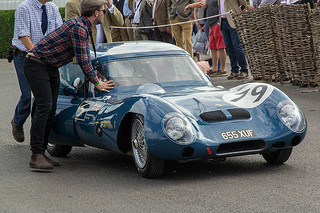
1964 Lotus Eleven GT
The Lotus Elite
In 1958, the Lotus Elite sports car made its appearance. It was a lightweight, fibre glass, two seater coupe.
A higher performance SE version, in 1960, produced 85 bhp. There followed the Super 95, Super 100 and Super 105, with even more power.
With its aerodynamic shape and Coventry Climax engine, it was a regular on the racing circuits.
Lotus Elite Technical Data
Production: 1958-1963
Output: 1,030
Engine: 1216 cc
Four Cylinder, 75 bhp
Speed: 112 mph
Time to 60: 11.4 secs
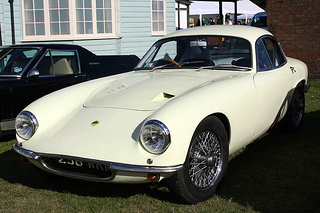
Lotus Elite
Full Screen
The Early Lotus Elan
The Lotus Elan sports car appeared in 1962, and was the first Lotus to combine a steel chassis with a fibre glass body.
This two seater was, technically, ahead of its time, using a Lotus-Ford twin cam engine and a Cosworth alloy head.
A 2+2 variant was introduced in 1967 with a top speed of 120 mph and 0-60 in 7.9 secs. Some 5,200 were built.
Lotus Elan Technical Data
Production: 1962-1975
Output: 12,000
Engine: 1558 cc
Four Cylinder, 105 bhp
Speed: 115 mph
Time to 60: 8.7 secs
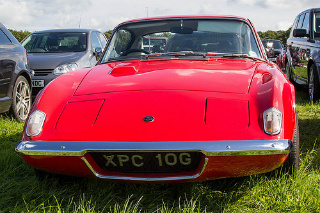
1969 Lotus Elan 2+2 This 1967-75 coupe used a 118 bhp, 1.6 litre, twin cam, with a top of 118 mph and 0-60 in 8.9 secs. This great up-close shot was taken prior to the 2015 Shere Hill Climb in Surrey
1970 Lotus Elan 2+2 This beauty was irresistible
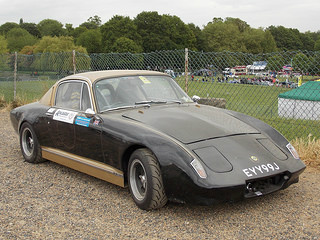
1969 Lotus Elan 2+2 Set for a day's motorsport at Crystal Palace
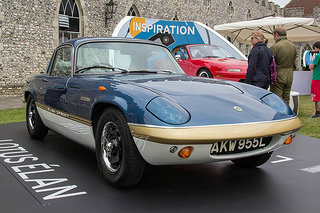
1973 Lotus Elan
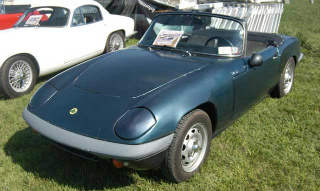
Full Screen Full Screen
The Lotus Europa
The Lotus Europa sports car, a two door, mid engined coupe, was launched in 1966. Like the Elan, it had a fibre glass body on a steel chassis. The modified Renault engine was positioned behind the driver's head.
The Type 46 Europa Series 1 was was fitted with a modified 1470 cc, 4-cylinder, Renault 16 engine. Production ended in 1968, after only one year, with 296 units being built.
The Type 54 Europa Series 2 was initially powered by the Type 46 engine but, in 1969, it was fitted with the larger, more powerful Type 65 unit, which was aimed at the US market.
The last model, designated the Type 74 Europa Series 3, was fitted with the Lotus-Ford twin cam engine. Of particular note was the limited edition Black Europa Special, with a gold pin stripe. The Europa was not well received, and there was a limited market for a used Lotus.
Lotus Europa Technical Data
Production: 1967-1975
Output: 644
Engine: 1470 cc
Four Cylinder, 82 bhp
Speed: 121 mph
Time to 60: 9.3 secs
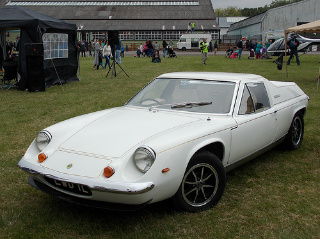
1973 Lotus Europa Seen at the Redhill Aviation Festival, this Series 3 had a 105 bhp, 1558 cc, twin cam Lotus Ford unit, with a top of 117 mph and 0-60 in 7.8 secs. Smart in white
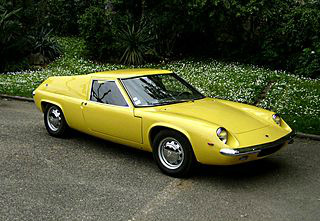
Lotus Europa Series 1
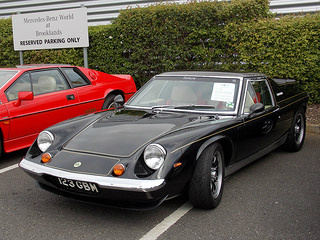
Full Screen
The Lotus Elite Mark 2
In 1974, the Lotus Elite Mark 2 Type 75 sports car was launched as a front-engined, four seater hatchback.
Once again, like the Elan, it had a fibre glass body on a steel chassis. It used a 16-valve, twin overhead cam engine with a five speed gearbox.
Elite Type 75 Technical Data
Production: 1975-1980
Output: 2,402
Engine: 1973 cc
Four Cylinder, 155 bhp
Speed: 125 mph
Time to 60: 7.8 secs
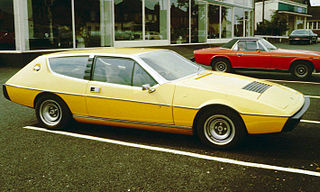
Lotus Elite Type 75
In 1980, the Lotus Elite Mark 2 Type 83 was introduced, featuring a larger engine and improved performance over the Type 75.
However, although the trade press loved it, its inability to be sold in the US doomed it to lacklustre sales.
Elite Type 83 Technical Data
Production: 1980-1983
Output: 133
Engine: 2174 cc
Four Cylinder, 160 bhp
Speed: 129 mph
Time to 60: 7.2 secs
The Lotus Eclat
In 1974, the Series 1 Type 76 Lotus Eclat sports car was introduced. Based on the Lotus Elite Series 75, it had a fastback body style which provided greater boot storage. The Lotus Eclat.
This model was replaced, in 1980, by the Series 2 Type 83 Eclat, which featured the larger, 2174 cc, Lotus 912 engine. However, due to US emission regulations, its output was only marginally increased to 160 bhp.
Lotus Eclat Technical Data
Production: 1974-1982
Engine: 2174 cc
Four Cylinder, 160 bhp
Speed: 132 mph
Time to 60: 7.8 secs
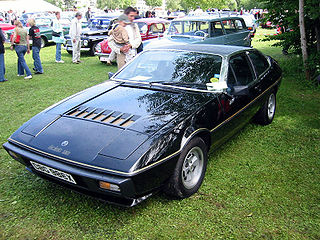
Series 2 Type 83 Lotus Eclat
Full Screen
The Lotus Esprit
The Lotus Esprit Series 1 and 2
The Lotus Esprit Series 1 Type 79 was launched in 1976.
As in previous models, it had a fibre glass body on a steel chassis, and was the replacement for the Europa. The engine was positioned behind the passengers, as was its predecessors.
Esprit Series 1 Technical Data
Production 1976-1978
Engine: 1973 cc
Four Cylinder, 160 bhp
Speed: 124 mph
Time to 60: 8.4 secs
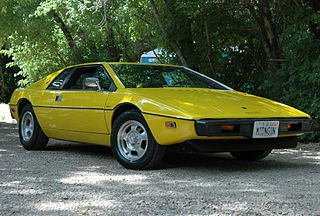
Lotus Esprit Series 1
The Lotus Esprit Series 2 was introduced in June 1978 and was the solution to the problems experienced with the Series 1.
However, in May 1980, the engine was uprated to 2174 cc and the chassis was galvanized to produce the more desirable Esprit 2.2 sports car. A limited edition JPS variant added to the appeal.
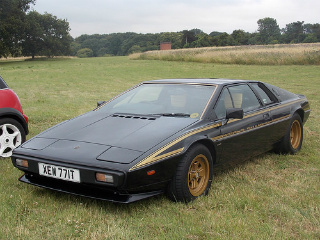
1979 Lotus Esprit S2 John Player Special This was one of only 123 made in JPS livery. Seen here at a Classic Car Show in Sevenoaks in Kent. Very nice
Esprit Series 2.2 Technical Data
Production: 1980-1981
Engine: 2174 cc
Four Cylinder, 160 bhp
Speed: 124 mph
Time to 60: 8.6 secs
Full Screen
The Lotus Essex Turbo Esprit
In February 1980, the Lotus Essex Turbo Esprit sports car was launched, powered by the 2174 cc, Lotus 910 engine, developing 210 bhp. In its 14 month production run, 104 units were built. This took the Esprit into the supercar league.
Essex Turbo Technical Data
Production: 1980-1981
Engine: 2174 cc
Four Cylinder, 210 bhp
Speed: 152 mph
Time to 60: 5.5 secs
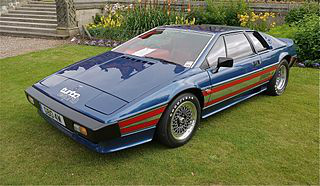
1980 Lotus Essex Turbo Esprit
The Lotus Esprit Turbo
In 1981, the Lotus Esprit Turbo Type 82 was introduced, with the same engine and performance as the Essex Turbo. With the price reduced it was, by 1982, the best selling Lotus sports car.
Type 82 Turbo Technical Data
Production: 1981-1984
Engine: 2174 cc
Four Cylinder, 210 bhp
Speed: 153 mph
Time to 60: 5.5 secs
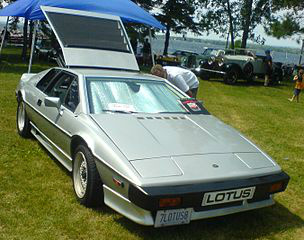
1985 Lotus Esprit Turbo Type 82
The Lotus Esprit Turbo HC
In 1986, the Lotus Esprit Turbo HC was launched, and its high compression engine produced 215 bhp. Apart from this, its performance was as per the Type 82. Production ended in 1987.
Full Screen
The Lotus Turbo X180 and X180R
In late 1988, the Esprit Turbo X180 MPFI was launched, fitted with Delco Multi Port Electronic Fuel Injection, and developing 228 bhp.
A year later, the Esprit Turbo SE was introduced, with a Lotus 910S engine developing 264 bhp.
Then, in 1990, Lotus produced the Esprit Turbo X180R sports car, based on the SE variant, developing 300 bhp, and with racing features.
1988 Lotus Esprit X180 A beautiful example of this 155 mph, 2.2 litre turbo that was actually faster than a Porsche 911 Carrera 3.2
Full Screen
The Lotus Esprit Sport 300
In 1993, Lotus introduced the road going version of the Esprit Turbo X180R, which was designated the Esprit Sport 300 sports car. The name was chosen since this variant's Lotus 910S engine developed over 300 bhp.
Full Screen
The Lotus Esprit V8
In March 1996, Lotus launched the Esprit V8 sports car, powered by its own 3.5 Litre, V8, twin turbocharged engine which developed 350 bhp. It was a move that the company had been planning since the mid 80's.
This was followed, a year later, by the introduction of the Esprit V8 GT, powered by the same Lotus 918 engine, and the Esprit GT3, powered by the Lotus 920, 2 litre, turbocharged engine developing 240 bhp.
Full Screen
The Lotus Esprit Sport 350
In 1999, the Esprit Sport 350 was launched, and was the ultimate Esprit supercar. It was powered by the Lotus 918, 3.5 litre, V8, twin turbocharged engine, which developed 350 bhp, with 0-60 in 4.3 secs, and had a top speed of 175 mph. Only 47 were ever built.
Full Screen
The Lotus Excel
In 1982, the Lotus Excel, a stylish 2+2 sports car, was introduced, based on the Lotus Eclat. It was powered by the Lotus 912, 2174 cc, 4-cylinder, double overhead cam engine which developed 180 bhp, with a top speed of 135 mph.
When production ended in 1992, only 2,159 Excel's had been built.
Full Screen
The Lotus M100 Elan
The Lotus M100 Elan sports car was launched in 1989. It was a two seater convertible, and used a Japanese Isuzu, twin overhead cam, 1.6 litre, 16-valve engine.
The basic model developed 130 bhp with a top speed of 122 mph, whilst the turbocharged SE variant developed 165 bhp with a top speed of 137 mph.
This was the only front wheel drive sports car manufactured by Lotus. The Series 1 version was discontinued in 1992 after only 3,855 units were built.
M100 Elan Technical Data
Production: 1989-1995
Output: 3,855
Engine: 1588 cc
Four Cylinder, 162 bhp
Speed: 137 mph
Time to 60: 6.5 secs
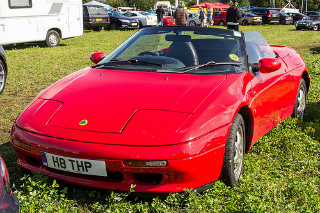
1990 Lotus M100 Elan SE Turbo Ready for a 2015 Hill Climb event, this 162 bhp turbo variant had a top of 137 mph with 0-60 in 6.5 secs. Nice
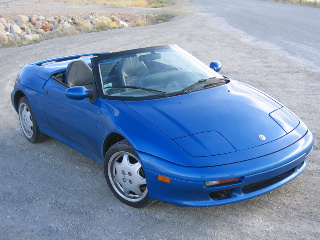
Lotus M100 Elan
Full Screen
The Lotus Elise
The Recent Lotus Elise Series 1
Launched in 1996, the Lotus Elise Series 1 Type 111 sports car was a two seater convertible, powered by a 1.8 litre Rover K-Series, double overhead cam, fuel injected engine that developed 118 bhp, and with a top speed of 126 mph.
Between 1996 and 2000, a number of variants were introduced, such as: The Elise Sport 135 (135 bhp and 133 mph), The Elise 111S (143 bhp and 133 mph), and The Elise Sport 160 (160 bhp and 138 mph).
Elise Series 1 Technical Data
Production: 1996-2001
Engine: 1796 cc
Four Cylinder, 118 bhp
Speed: 126 mph
Time to 60: 5.6 secs
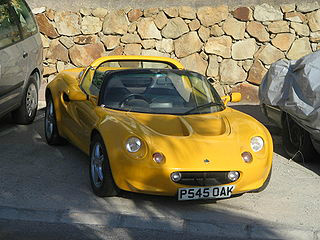
Lotus Elise 111S Series 1
Full Screen Full Screen
The Latest Lotus Elise Series 1
Following on from the launch of the Lotus Elise Series 1 sports car in 1996, a number of higher performance later variants were introduced, based on this model. These included the Elise Type 79, the Elise Type 49, the Elise 340R, the Lotus Exige, and the Elise Sport 190.
Each was powered by the 1.8 litre, Rover K-Series engine, in either its basic form, or as the Variable Valve Control (VVC), or Very High Performance Derivative (VHPD) versions.
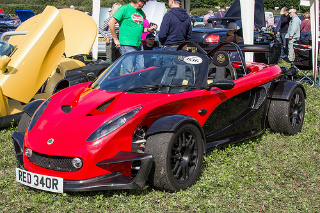
2000 Lotus 340R This was a 340 unit, road legal, special limited edition of the Lotus Elise, with no roof or doors, and a 130 mph top with 0-60 in 4.3 secs. Note the number plate
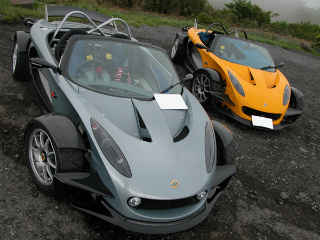
Lotus Elise 340R Series 1
Full Screen
The Early Lotus Elise Series 2
In October 2000, the Lotus Elise Series 2 sports car was launched in the form of a redesigned Series 1 unit incorporating a modified chassis to satisfy new European safety regulations.
Between 2002 and 2003, additional Elise Series 2 variants were introduced including: the Elise 111 (156 bhp and 132 mph), the Elise Sport 135 (135 bhp and 129 mph), and the Elise sport 111.
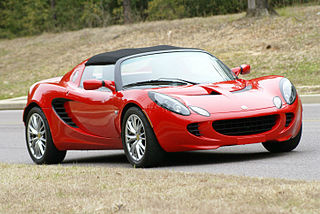
2005 Lotus Elise Series 2
Full Screen
The Recent Lotus Elise Series 2
Subsequent to the launch of the Lotus Elise Series 2 in October 2000, a number of higher performance later Elise variants were introduced, based on this model.
These included the Elise Sport 190 (190 bhp and 135 mph), the Elise Type 72 (120 bhp and 124 mph), the Elise Type 25 (120 bhp and 124 mph), the Elise Type 99T, the Elise US Variant (190 bhp and 147 mph), the Elise S (134 bhp, 128 mph), and the Exige S (218 bhp and 148 mph).
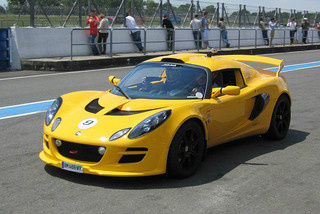
Lotus Exige S Mark 2
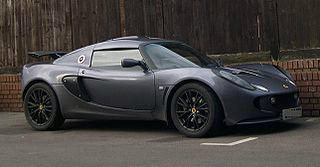
Lotus Exige Series 2
Full Screen Full Screen
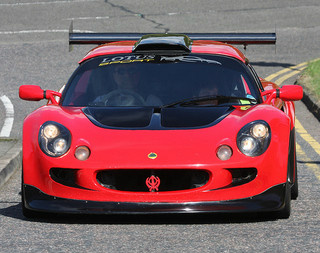
Lotus Exige R
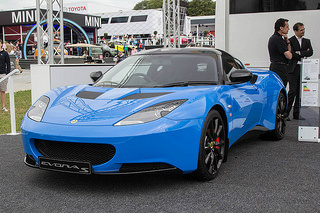
Lotus Evora S
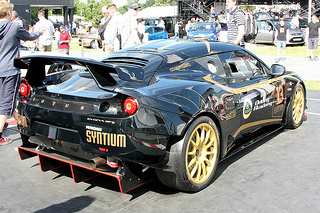
Lotus Evora GT4
In terms of Lotus models, the entire range is still in demand on the second hand market. In fact, as a used Lotus, it can sell for anything from £1,000 to well over £80,000.
The Lotus Elise outperformed all sales expectations, and returned Lotus to the premier league.
.
see All My Reviews
Got any stories about Your Favourite Lotus Sports Car?
Lotus Links
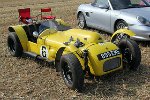
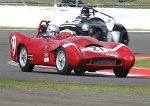
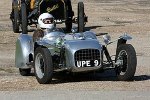
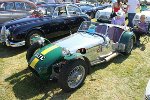
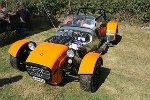

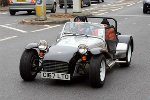
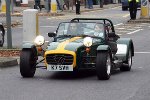
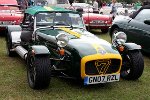
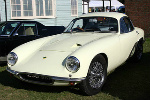
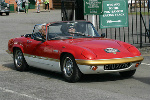
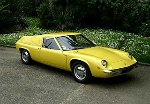
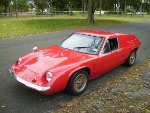
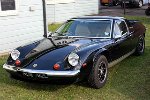

no picture
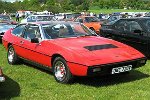
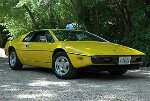


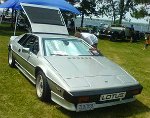



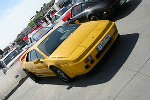

no picture


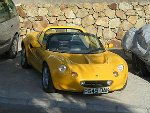

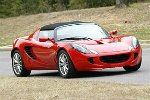
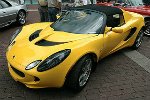
Lotus Links End
SPORTS CAR LINKS

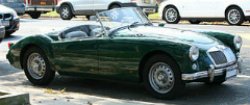



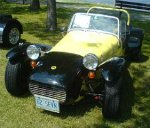



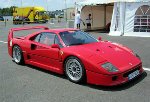
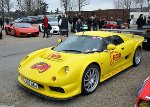



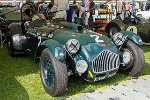
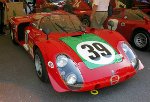


SPORTS CAR LINKS END
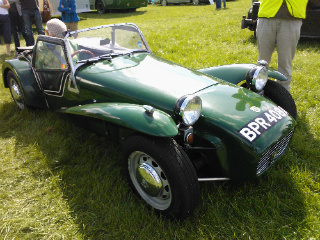
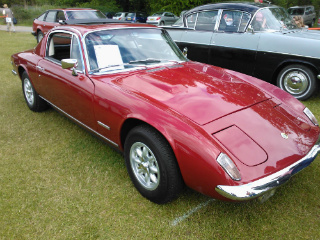
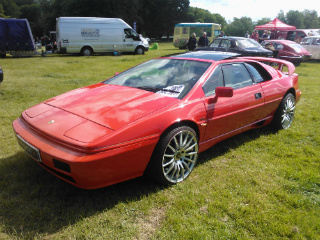






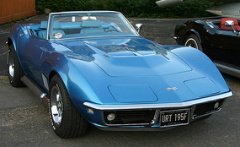
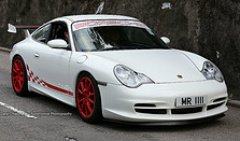
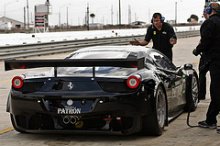
New! Comments
Have your say about what you just read! Leave me a comment in the box below.